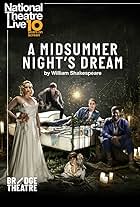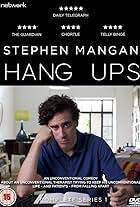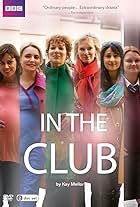The National Theatre's 2022 production of 'Much Ado About Nothing' sets Shakespeare's words in the 1940s Italian Riveria. The Art Deco-styled set is painted in a Wes Andersen palette. The mechanics of the set allow for great adaptability and manage to pull out several locations. The 1940s vibe also plays perfectly into the screwball comedy plot and pacing of the work's two main characters, Beatrice and Benedick.
As expected of a National Theatre production, the colour-blind casting is excellent with standout performances by David Fynn as Dogberry and Eben Figuiriedo as Claudio. A range of accents were heard on stage which was a welcome change from the stentorian RP tones common in Shakespeare plays. Claudio plays equally well the lovestruck naif of the first act and the furious betrayed lover later. The menace and rage the actor portrayed in the confrontation with Hero was so realistic and powerful that it was emotionally impactful. The comedic character Dogberry was played to perfection as well - jokes were hit perfectly, making him into a believable affable idiot rather than just a broadly drawn character.
The only slightly weak performance was that of Katherine Parkinson as Beatrice. Beatrice is a character who should be light and quick where Katherine Parkinson's interpretation was more mannered. The acting was apparent which weighed down the character and put distance between the performance and the audience. It also made the relationship between Benedick and Beatrice less pacey.
However, even this performance was competent. The acting was beautifully complemented by musical numbers. They were done in a big band style that was buoyant. Overall, this version of Shakespeare's 'Much Ado' was excellent. This is one of my favourite plays and to hear its jokes and sparks fully realised in pastel tones reminded me of just how magical the theatre is. The filming of it allowed close reactions and expressions of each person to be shown as well as highlighting the fantastic, lush costuming. Watching the filmed version was additionally useful to focus the viewer's attention where the directors want.

























